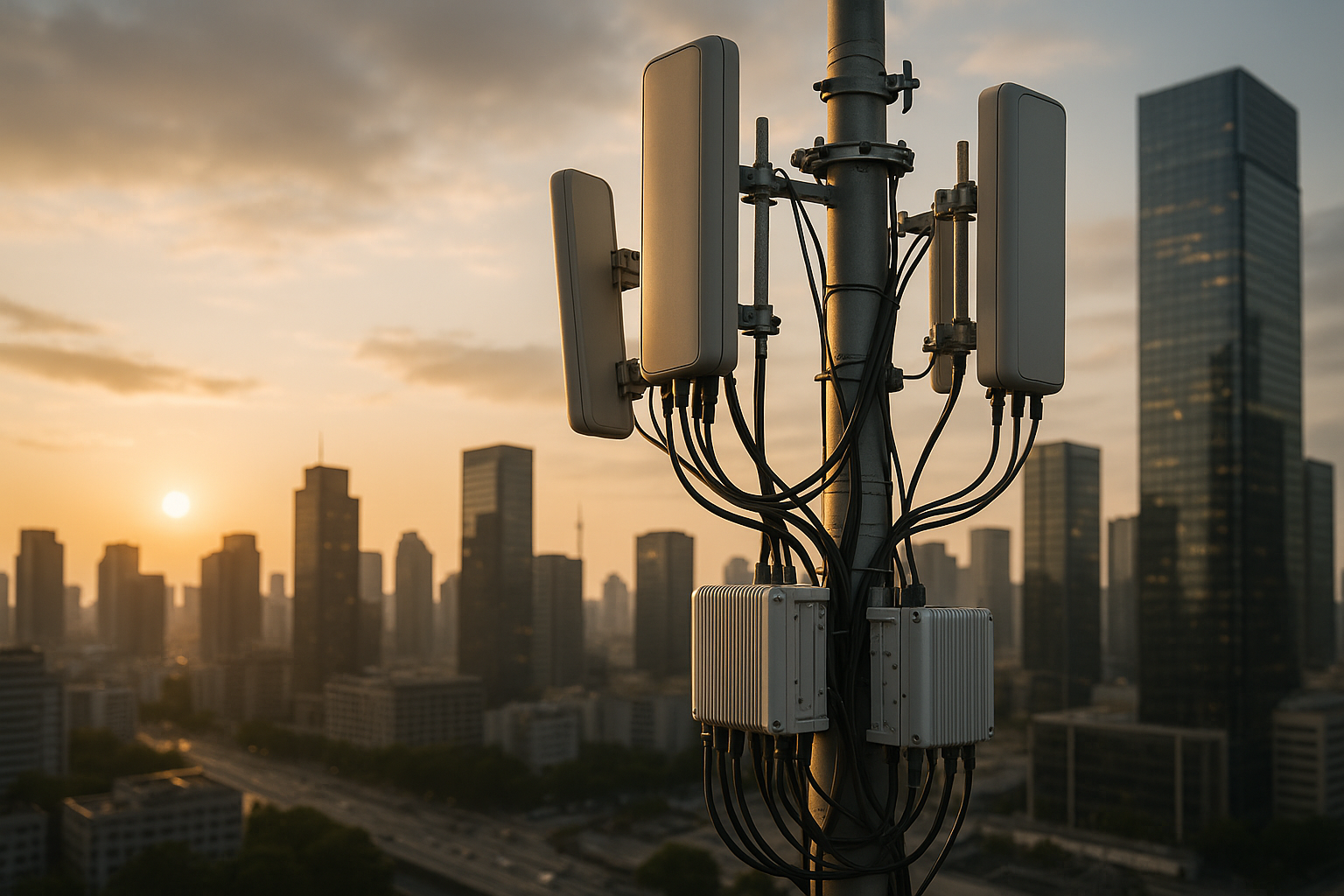5G Rollout Effects on Urban Services and Consumer Experience
The rollout of 5G networks is reshaping how cities deliver services and how consumers interact with digital systems. Faster wireless connections, lower latency, and expanded coverage can change public transit, emergency response, and retail experiences. This article examines technical and social impacts, including connectivity, latency, security and privacy, inclusion of underserved areas, infrastructure needs, and regulatory considerations.

5G Rollout Effects on Urban Services and Consumer Experience
The shift from previous generations of mobile networks to 5G introduces a mix of technological improvements and implementation challenges for urban environments. Municipalities, utilities, businesses, and residents are evaluating how enhanced wireless performance and new architectures such as edge computing and network slicing can influence everyday services. This article outlines the major effects on urban systems and consumer experience while highlighting practical considerations for deployment and governance.
How will connectivity change in cities?
5G brings higher throughput and denser device support compared with earlier wireless generations, which can improve connectivity in crowded urban contexts. Broadband access in public spaces, transport hubs, and commercial districts can become more consistent as operators deploy small cells and leverage fiber backhaul. That said, actual user experience depends on how carriers integrate 5G with existing fiber and satellite links, and on local physical constraints like building density and spectrum availability.
What are the implications of lower latency and edge computing?
Reduced latency is one of 5G’s key technical advantages, enabling near-real-time interactions for applications such as autonomous transport, augmented reality, and remote monitoring. Edge computing, where processing is moved closer to users, complements low latency by reducing round-trip times to distant data centers. For urban services, this means faster traffic signal adjustments, quicker video analytics for public safety, and more responsive consumer applications in retail and entertainment.
How do security and privacy concerns change with 5G?
A broader and more programmable network surface increases the importance of security and privacy strategies. 5G architectures support virtualization and network slicing, which can isolate services but also introduce new attack vectors if not properly managed. Cities and service providers must adopt robust authentication, encryption, and monitoring practices while ensuring data governance protects individual privacy. Regulations and standards will play a central role in defining acceptable safeguards.
How will 5G affect inclusion and rural-urban divides?
While much attention focuses on urban rollouts, inclusion remains a core challenge. Urban investments in small cells and fiber can widen service quality between dense city centers and outlying neighborhoods or rural areas. Policymakers need targeted approaches—such as subsidized backhaul, shared infrastructure models, or complementary technologies like fixed wireless access and satellite—to avoid exacerbating digital divides. Consumer experience improves only when coverage, affordability, and digital literacy are addressed together.
What infrastructure and regulation issues must be addressed?
Deploying 5G requires significant infrastructure investment: more antenna sites, fiber extensions, edge data centers, and power supply upgrades. Local permitting processes, aesthetic concerns, and rights-of-way negotiations can slow deployment. Regulators must balance efficient rollout with public-interest protections, spectrum allocation, and interoperability rules. Clear, consistent frameworks can accelerate deployment while setting standards for resilience, security, and fair access.
How does coverage and technology mix (satellite, fiber, wireless) matter?
5G complements rather than replaces other connectivity options. Fiber remains the backbone for high-capacity backhaul and edge nodes; satellite and fixed wireless can extend coverage to hard-to-reach locations. An effective urban connectivity strategy blends these technologies to optimize coverage, redundancy, and cost. For consumers, that means a mix of gigabit-capable fiber in buildings, dense 5G coverage in public spaces, and satellite/fixed wireless backup for continuity.
In conclusion, the 5G rollout presents meaningful opportunities to improve urban services and consumer experiences through better connectivity, lower latency, and localized computing. Realizing these benefits requires coordinated investment in infrastructure, attention to security and privacy, and policies that promote inclusion and fair access. Cities that align technical deployment with social and regulatory planning are most likely to see measurable improvements in public services and everyday digital interactions.





